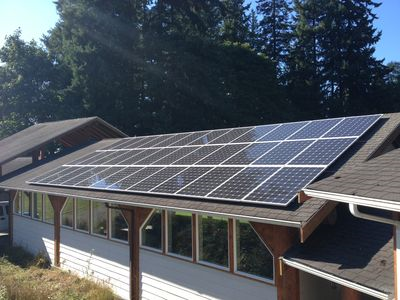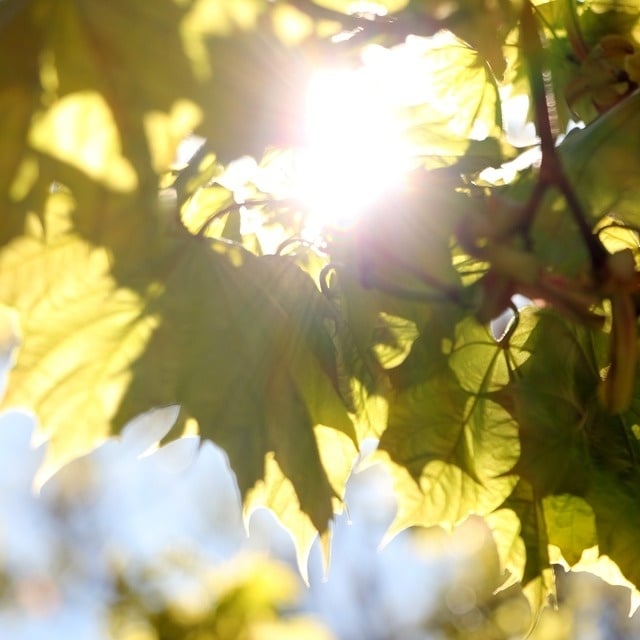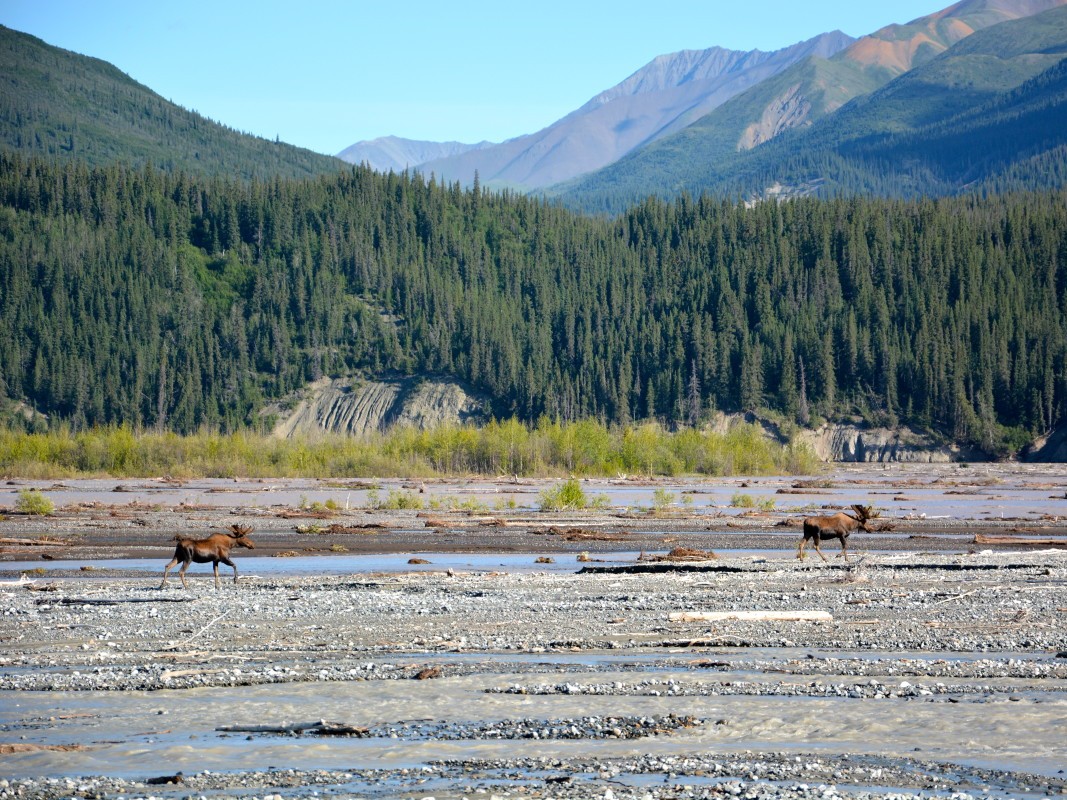When it comes to sustainability, every little bit counts. Even a toilet. When Karly Copeland, NOLS Sustainability Coordinator, made a call to NOLS Pacific Northwest to do an annual facility efficiency audit, toilets came up a lot. As it turns out, there is a lot that goes into sustainably updating a facility. Everything from appliances, light bulbs, and pipes, to weather stripping, sink fixtures and toilets must be taken into account. Some fixes are simple while others require much more attention, planning and funding.
 Solar array at NOLS Pacific Northwest
Solar array at NOLS Pacific NorthwestThe NOLS facility efficiency initiative is a crucial component of meeting the school-wide goal to reduce carbon emissions by thirty percent by the year 2020. By looking closely at each NOLS facility, the initiative is designed to bring seemingly minor details to the forefront, and ultimately make a big difference. We’ve all heard that we can minimize our carbon footprint by riding our bikes, taking shorter showers, or changing a light bulb. NOLS recognizes the importance of making these suggestions a reality.
The NOLS Pacific Northwest audit is a great example of the attention to detail and important questions that must be asked in order to optimize sustainability within a facility. Are the pipes properly insulated? Are the appliances energy efficient? Are the light bulbs LED or fluorescent, and do they have motion sensors? Are the toilets low-flow? Many of these details and more were discussed in the conversation between Karly and John Harnetiaux, the Operations Manager of NOLS Pacific Northwest, and Mitch Harter, Facilities and Fleet Manager of NOLS Pacific Northwest. The audit consisted of reviewing data pertaining specifically to the Pacific Northwest facility, a thirty acre-property with eleven different buildings. Various efficiency improvements were discussed such as the heaters in the staff housing units, water pipes in the food services building attic, the weather-stripping on the doors, and of course, the toilets. All of these improvements and more are recorded, labeled and prioritized in the audit.
“The Pacific Northwest campus was built in the early 90's, and was originally designed with various energy efficiencies in mind. Within the last five years, as the buildings on the property have begun to age into their twenties, we've been attempting to do more retrofitting, as well as some larger scale sustainable construction projects,” commented John Harnetiaux.
As multiple NOLS locations, such as NOLS Pacific Northwest, continue to make improvements on the energy efficiency of their facilities, the goal of drastically reducing carbon emissions by 2020 will be that much more attainable.




.jpg)